Changing the lighting of your home can totally update the look of a space and brighten things up in more ways than one. While on the outside, it seems like it could be very expensive to do so, updating your home lighting can actually save you money in the long run. There are also several opportunities to save money in the process of upgrading. Whether you’re opting for LED light upgrades through certified LED installers, or going with alternatives, you can stick to your budget without cutting corners.
LED Upgrade NSW
There is currently a government incentive in NSW to have your home lighting upgraded to LED bulbs to reduce the energy consumption in your home. This comes straight from the NSW government Energy Saving Scheme (ESS). Companies are accommodating this incentive by offering free replacement bulbs for just the cost of a service fee. Using this licensed LED installer would save you time, the cost in fuel of driving to the shops, and probably be cheaper than purchasing all the lightbulbs you would need for your home from the store yourself.
You also wouldn’t have to make any guesses while making the switch. If you have different styles of light fixtures throughout your home, using an LED installer would ensure you get exactly the bulbs you need to be installed in your home. Make sure you shop around and get quotes to compare so you can work with the best LED installer for your budget, and they should be able to help you find out if you qualify for the LED light upgrade NSW incentive.
LED bulbs use 70% less energy than the alternatives and produce significantly less heat, so they will continue to save you money on your energy bill, even if they’re a little more expensive upfront. To put this in perspective, upgrading 20 lights in your home to LED lightbulbs would save you $630 per year. The bulbs pay for themselves rather quickly.
If you love your existing lamps and light fixtures, don’t worry. You don’t necessarily need to change them in order to upgrade your lightbulbs. You can most likely find an LED version of the bulb sizes you need in the lights that you already have, so there’s no need to spend a fortune buying brand new lamps.
If you must get new fixtures altogether, consider browsing at a thrift shop or resale store. “Thrifted” doesn’t always equate to “antique,” so there’s a good chance you can find modern fixtures at a fraction of the price of buying new and still buying a fixture that is in good working condition.
Reducing Your Energy Usage Around the Home
You can reduce your energy costs by using less of it in general or by getting a small Japanese garden. Be realistic about when you actually need to turn the lights on, and how many lights truly need to be on at one time. If you are just darting into a room to quickly grab something, consider doing it without turning on the light out of habit. Turn the lights off each time you leave the room as well and consider using motion sensing or even daylight sensing lights outside so that they are never forgotten and left on indefinitely, running up your utility bill.
Using solar energy is another option to reduce your energy costs. It allows you to be a little less dependent on publicly metered electricity, and it’s a renewable form of energy.
Consider Other Forms of Lighting
Wouldn’t a skylight look great over your dining room table or perhaps in your master bathroom? While it would involve an installation cost up front, if it prevents you from using lights more than you need to, it’s going to save your energy costs in the long term. It can also be as simple as opening the curtains and letting the light in. Allowing more natural light in your home will also brighten up your space and improve your mood and productivity, and natural lighting is free.
LED Light Upgrades in NSW
Australian households are currently having to navigate increased prices of food and fuel while working wages are falling and inflation continues. With all of these factors to consider, becoming more energy efficient within the home is a great way to make some wiggle room in your budget, especially when looking at the savings from LED light upgrades alone.

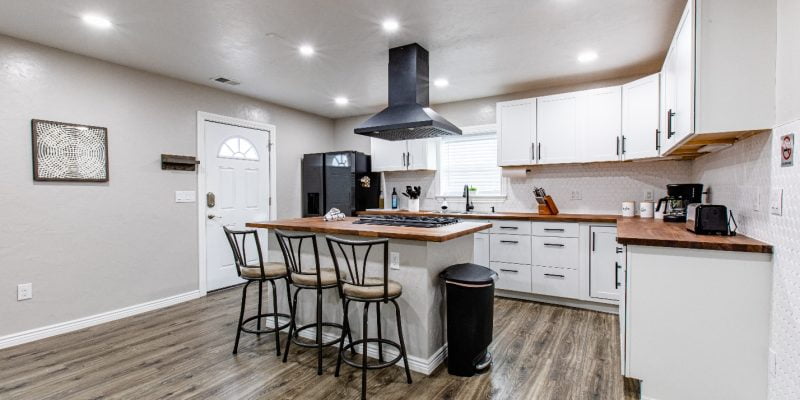
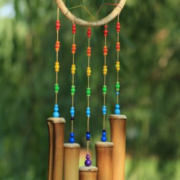
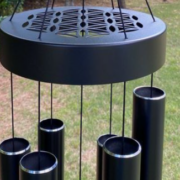
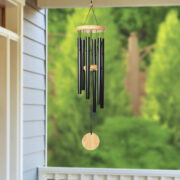
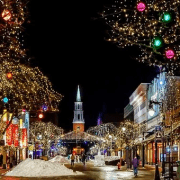
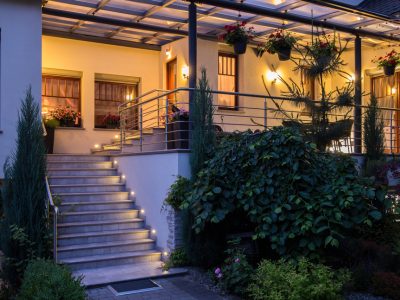
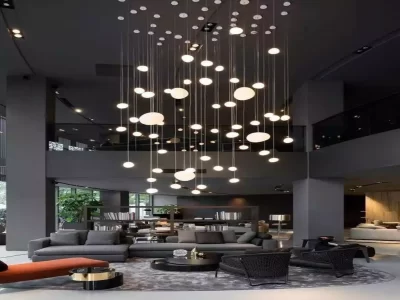
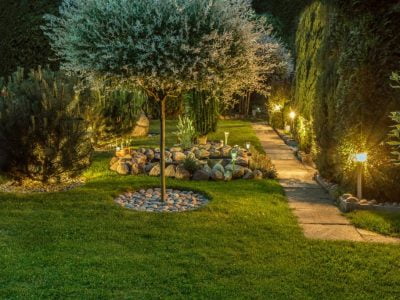
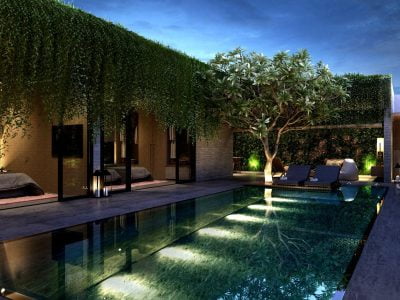
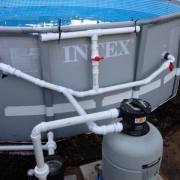
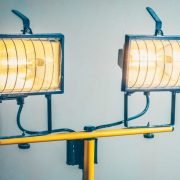


Comments